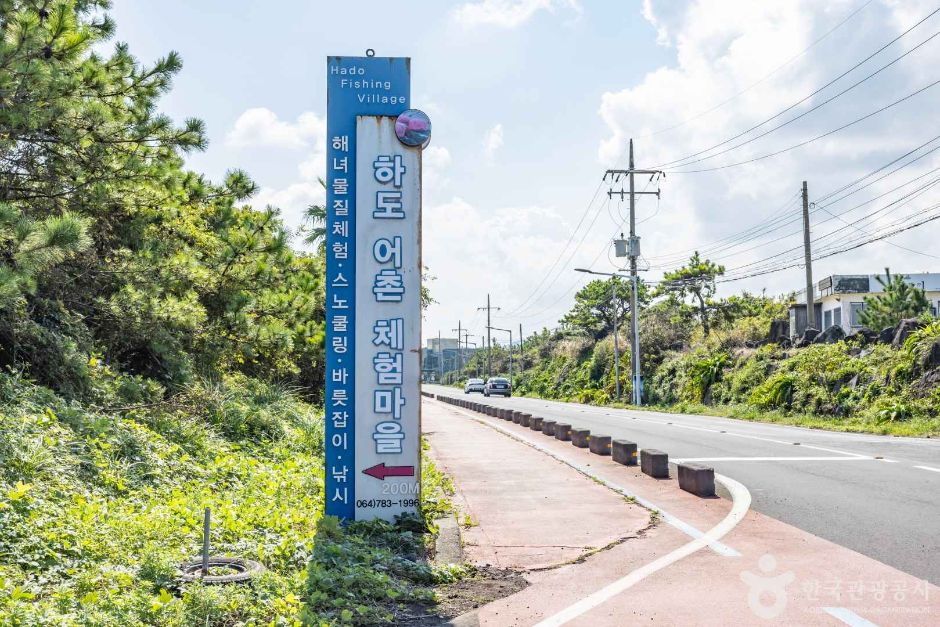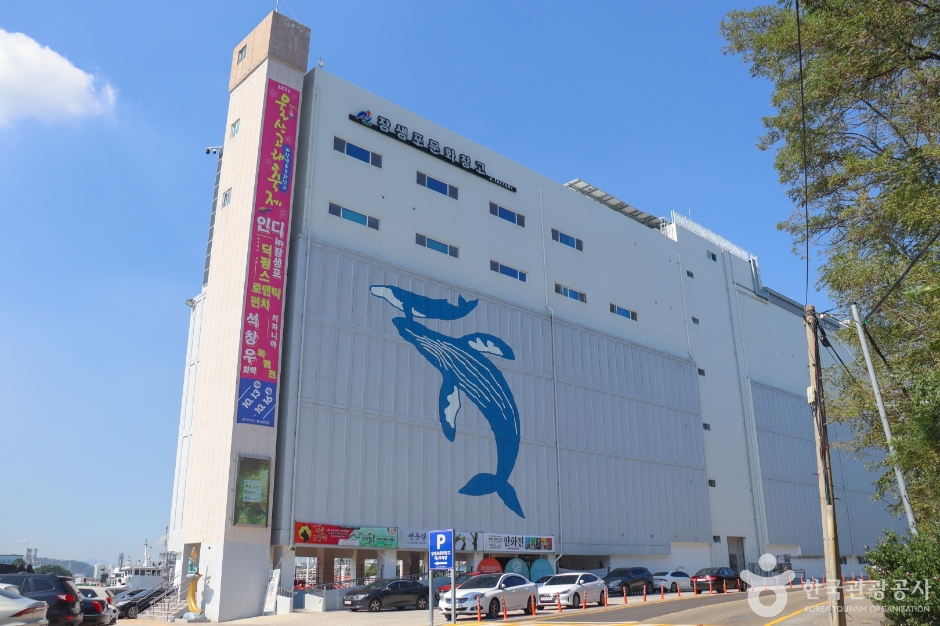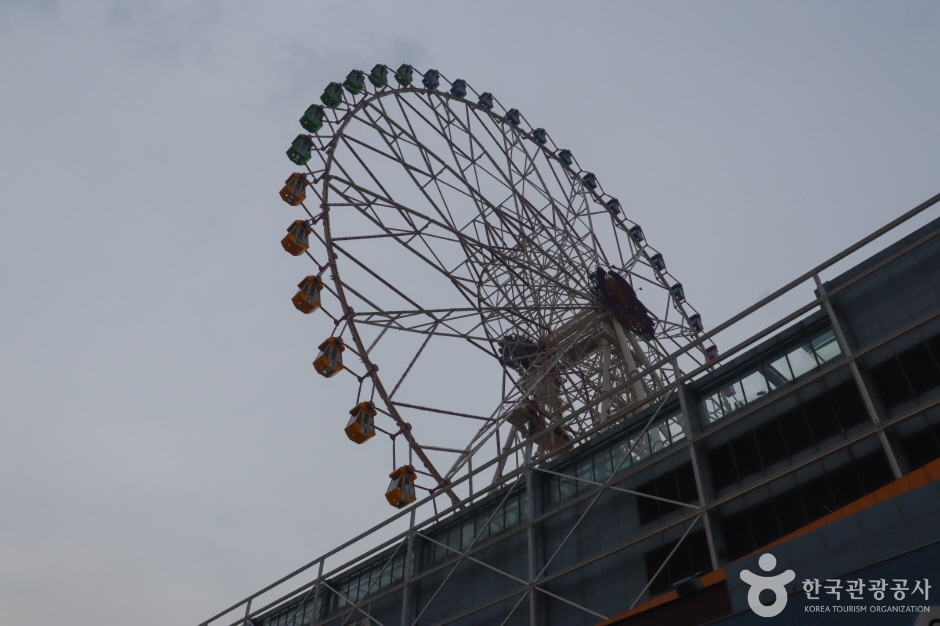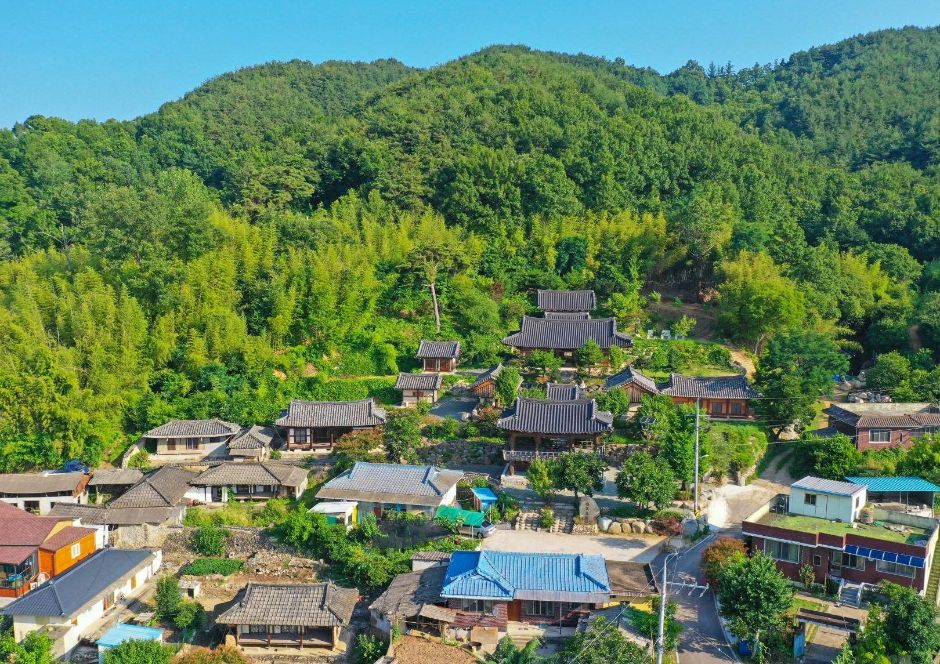Explanation
A ride on the Seoraksan Cable Car is the best way to enjoy the unexplored regions of Seoraksan Mountain. The cable car station is located in Seoraksan National Park, and it takes about 10 minutes to reach Gwongeumseong Fortress, which is 700 meters above sea level. Since one-way tickets are not available, passengers must purchase a round-trip ticket. From the cable car window, passengers can see famous attractions like Ulsanbawi Peak and Manmulsang Rocks. From Gwongeumseong Fortress, passengers can take in a panoramic view of Seoraksan Mountain. Seoraksan Mountain, seen from the top of Gwongeumseong Fortress, is majestic and mysterious with unique rock formations. Upon reaching the top of the mountain, the entire scenery of Outer Seorak unfolds before one's eyes. Visitors will be amazed by the Allak Hermitage from the Silla dynasty and the Muhagsong Pine Tree, which has survived for hundreds of years just below Gwongeumseong Fortress. There are many tourists on weekends, public holidays, and fall foliage season, so visitors are advised to plan ahead.
Homepage
Information Use
Capacities : 50 people
Years experience : Open to visitors of all ages
Contact and Information : +82-33-636-4300
Parking facilities : Available
Day off : N/A (Open all year round)
Hours : * Operating hours announced one day before on the website
More information
Activity Fees
Round-trip: Adults 15,000 won / Children 11,000 won
* Free ride for children 3 years old or under
Restrooms
Available
Parking Fees
Regular vehicles 6,000 won / Large vehicles 9,000 won
Inquiries: +82-33-636-4050
Interpretation Services Offered
Not available
Location
1085 Seoraksan-ro, Sokcho-si, Gangwon-do





 English
English
 한국어
한국어 日本語
日本語 中文(简体)
中文(简体) Deutsch
Deutsch Français
Français Español
Español Русский
Русский